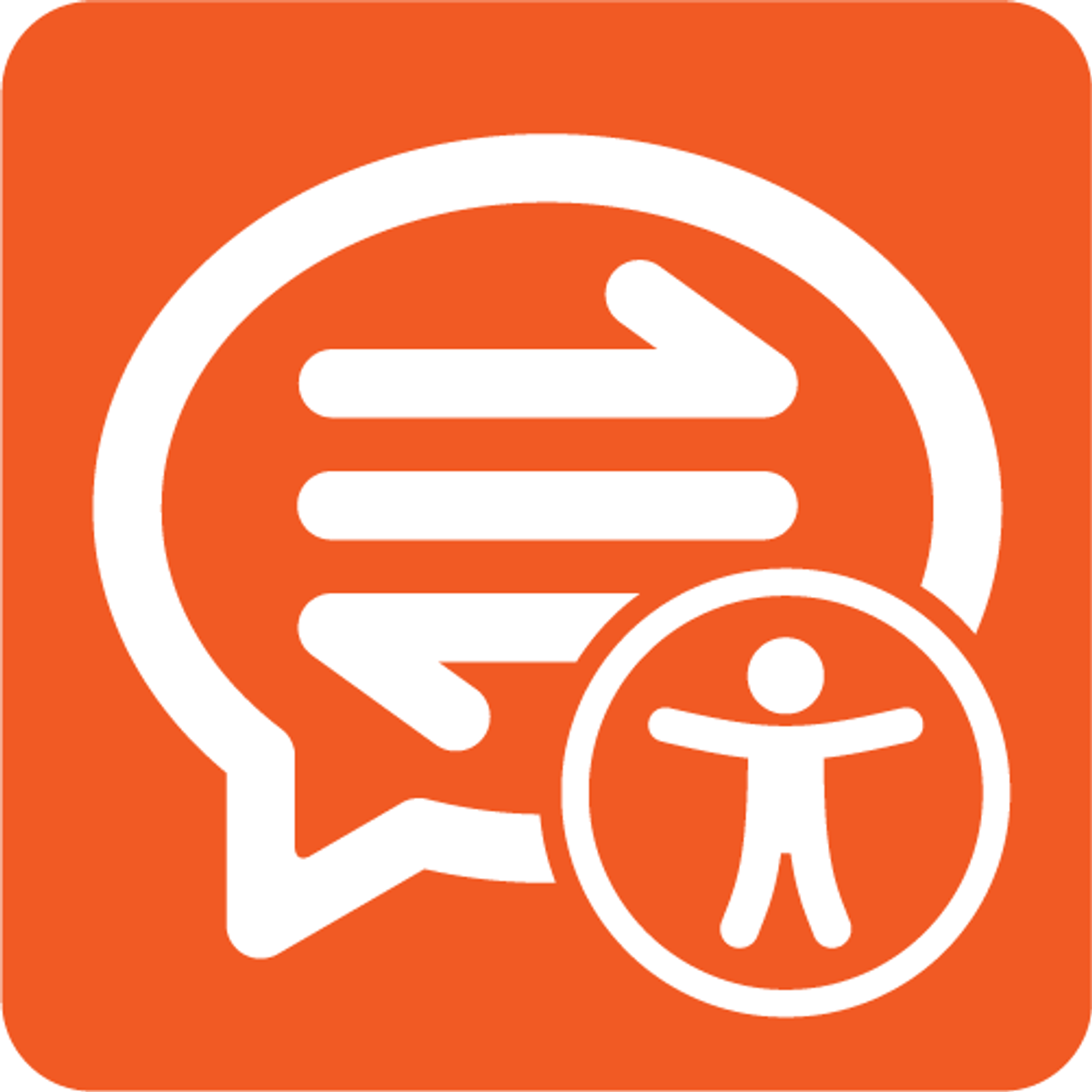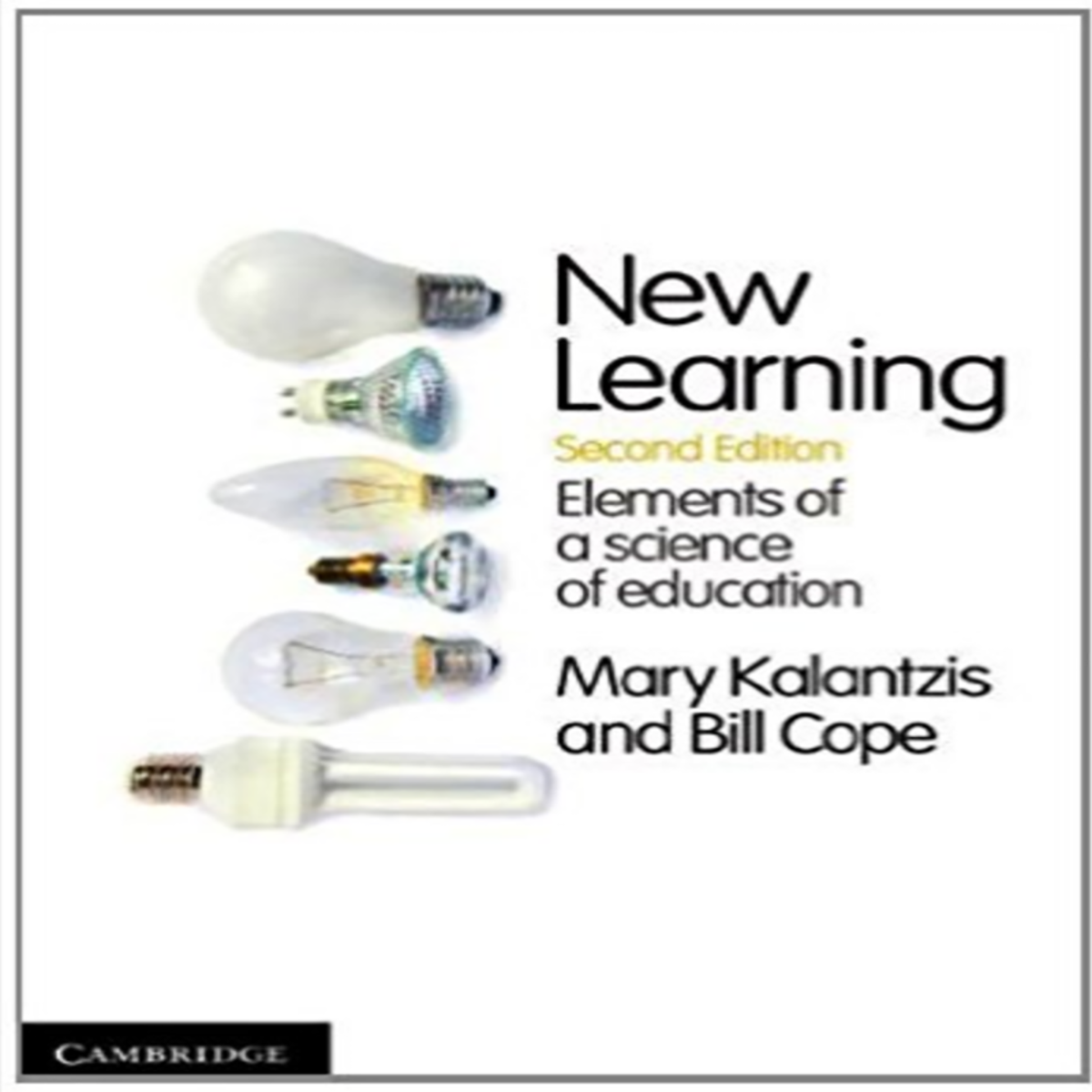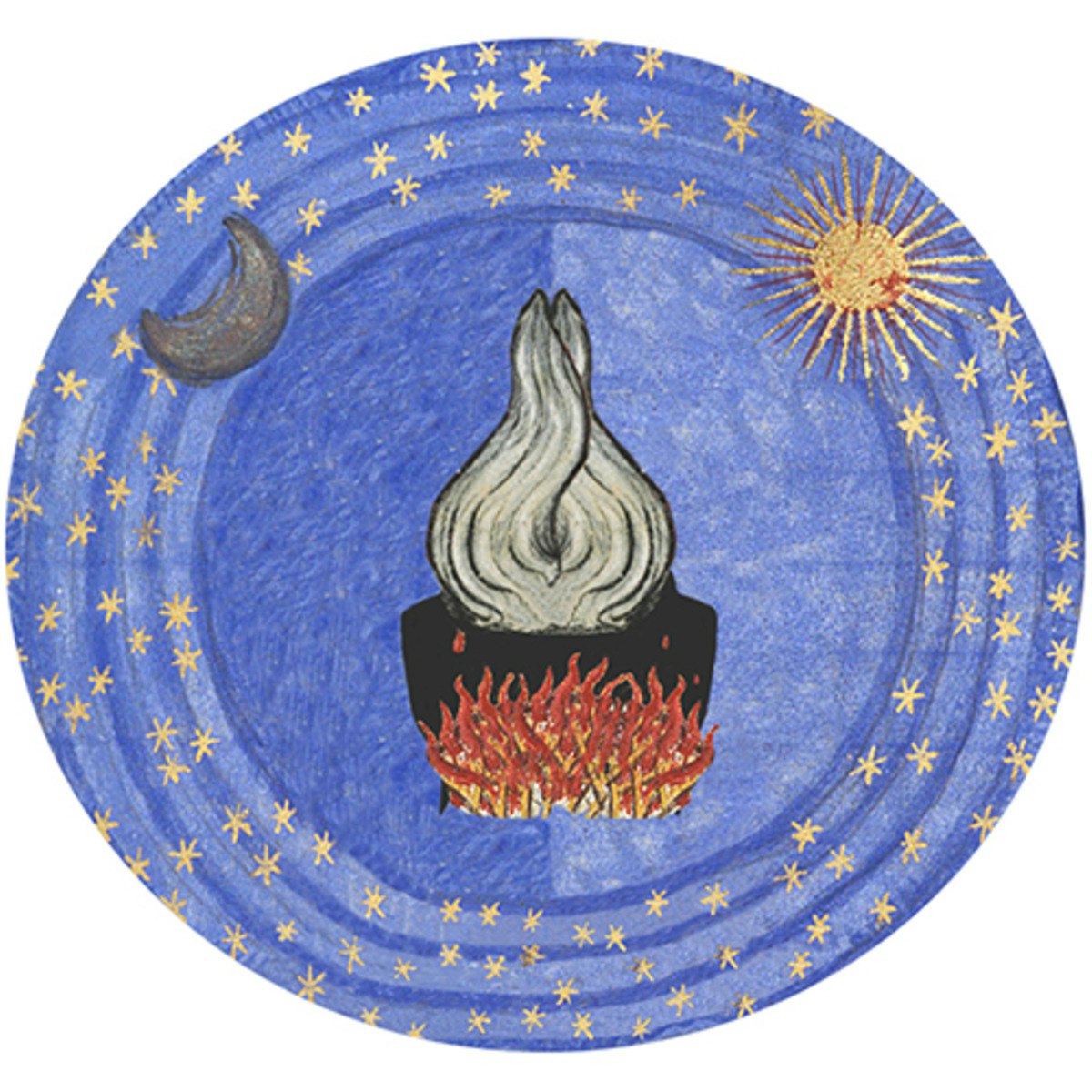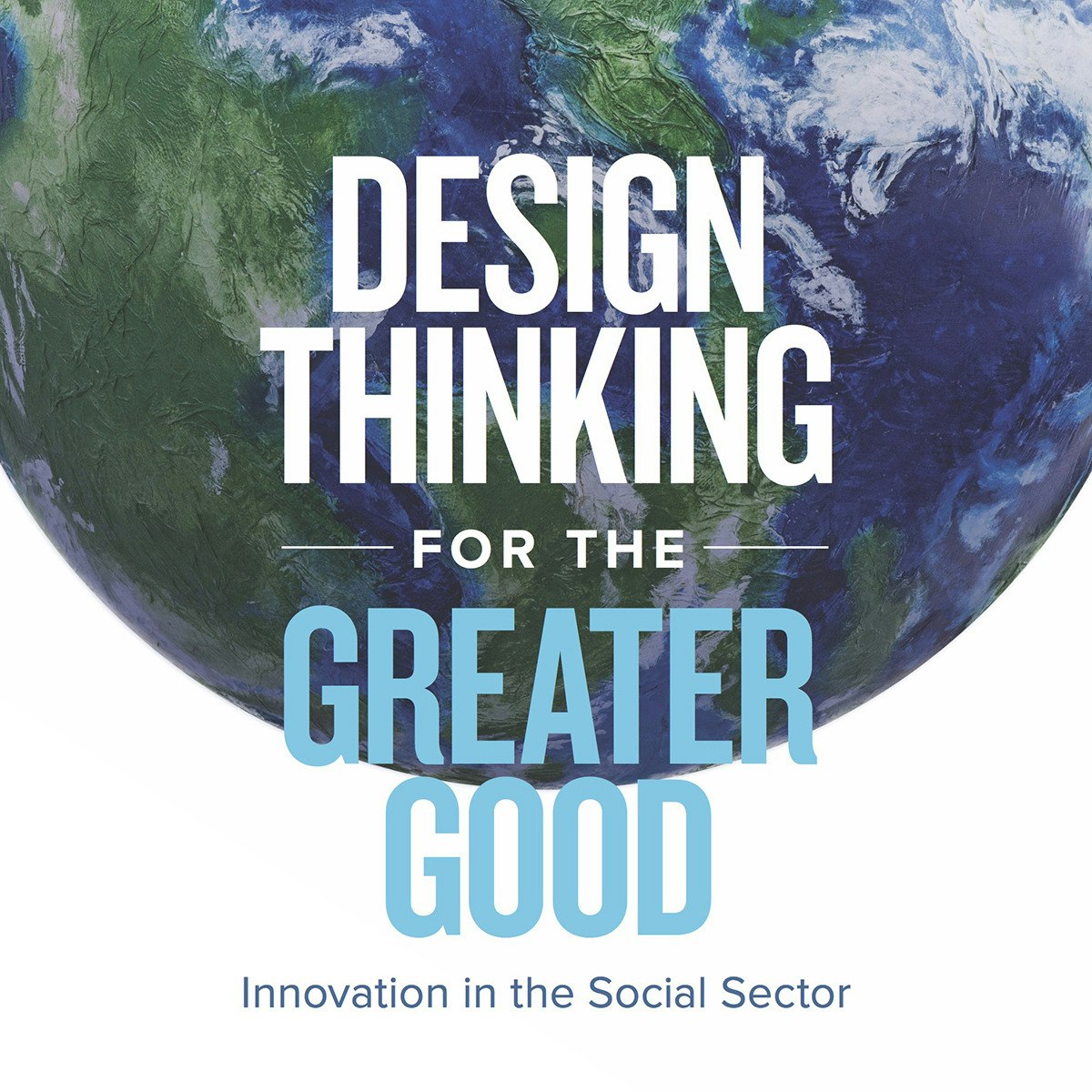Back to Courses









Education Courses - Page 23
Showing results 221-230 of 264

Learning Mindsets & Skills
The Learning Mindsets & Skills MOOC is designed to explore underlying concepts behind Learning Mindsets & Skills as well as the the practical applications of those concepts in various educational environments. Course Participants will hypothesize a learning mindset-related change to be implemented within their educational environment, test their theory, and present their findings to a wider audience.

The Teacher's Social and Emotional Learning
Social and emotional learning, or SEL, programs have flourished in schools during the last decade. While this growth has been impressive, inadequate attention has been paid to teachers’ social and emotional learning. In this course Dan Liston and Randy Testa introduce you to various rationales for why teacher SEL is needed as well as examine and reflect on various emotions in teaching and learning.
This course is a part of the 5-course Specialization “The Teacher and Social Emotional Learning (SEL)”. Interested in earning 3 university credits from the University of Colorado-Boulder for this specialization?? If so check out "How you can earn 3 university credits from the University of Colorado-Boulder for this specialization" reading in the first module of this course for additional information.
We want to note that the courses in this Specialization were designed with a three-credit university course load in mind. As a participant you may notice a bit more reading content and a little less video/lecture content. Completing and passing the SEL Specialization allows the participant to apply for 3 graduate credits toward teacher re-certification and professional enhancement. We want to ensure the quality and high standards of a University of Colorado learning experience.
Interested in earning 3 graduate credits from the University of Colorado-Boulder for The Teacher and Social Emotional Learning (SEL) Specialization? Check out "How you can earn 3 university credits from the University of Colorado-Boulder for this specialization" reading in the first week of this course for more information.

Uncommon Sense Teaching
Do your students spend too much (or too little) time learning, with disappointing results? Do they procrastinate in their study because it’s boring and they’re easily distracted? Are you working to make your teaching even more inclusive? Uncommon Sense Teaching will give you practical new insights that will help you solve these goals and challenges, and many more.
This is like no other course on teaching—it weaves late-breaking insights from neuroscience with personal insights from the classroom to provide unexpected, yet practical, new approaches. You’ll discover how to bring out the best from all your students in today’s diverse teaching environment, where students often have a wide range of abilities.
Uncommon Sense Teaching will take your teaching to a higher level for whatever subjects you teach, whether math, physics, literature, dance, art, or anything else; and whether you are teaching K-12, university, business, vocational, or at home.
Join us today to move into the new era of education!

Computational Thinking for K-12 Educators: Sequences and Loops
How do we give instructions to a computer? Isn't programming hard? Not really! Whether it's giving someone directions to a nearby store or writing out some dance moves we frequently exhibit aspects of computational thinking in our everyday lives!
This class teaches the first key concepts of programming -- sequences of instructions and basic counted repetition of instructions. For each concept, we'll start by helping you connect real-world experiences you are already familiar with to the programming concept you are about to learn. Next, through a cognitively scaffolded process we'll engage you in developing your fluency with problem solving with sequences and repeated instructions in a way that keeps frustration at a minimum.
Along the way you will learn about the common challenges or "bugs" students have with these concepts as well as ways to help them find and fix those concepts. You'll also be guided in running classroom discussions to help students develop deeper understanding of these concepts.
Finally, you'll learn about a recommended pedagogical practice, Pair Programming, and find out why research recommends teaching block-based programming first.
Description Design for Interactive Learning Resources
This course gives you easy access to an innovative description design framework used and created by experts in description design who design descriptions for highly interactive learning resources.
Interactive learning resources are common, fun, and effective tools that engage learners in the classroom and in remote learning environments. Many of these interactives rely on the visual display. This limits non-visual experiences, and makes many interactive learning resources inaccessible to learners with significant visual impairments or print- and graphics-related disabilities. Descriptions are verbalized text for supporting non-visual access.
This course will show you how to create descriptions, the verbalized text, needed to make interactive learning resources (interactives) accessible to learners who are blind or have a visual impairment (learners with BVI). The course weaves together concepts from inclusive design, web accessibility, and general best practices for description design for non-visual access. The main focus of the course is learning about and using the Description Design Framework created by design researchers at PhET Interactive Simulations.
Through a series of design tasks, each preempted with examples and demonstrations, the course walks you through how to design descriptions for an interactive of your choosing. While prior experience in web accessibility, interaction design, and description is useful, it is not required for this course. We share many examples from our work, and include tips and design patterns that we have created and actively use to describe our highly interactive science and math simulations. If you have an interest in creating descriptions for interactive learning resources, join us in this course. The Description Design Framework helps us take a methodical approach to the challenging task of designing descriptions for interactives, and we want to share what we know so others can design engaging descriptions that support non-visual access to interactive learning resources.

New Learning: Principles and Patterns of Pedagogy
Education is in a state of flux – transitioning from traditional architectures and practices to new ecologies of teaching and learning influenced by the tremendous social and technological changes of our times. What changes are afoot today in workplaces, civic life and everyday community life? What are their implications for education? What are the possible impacts of contemporary social transformations on teaching and learning - including in the areas of technology, media, globalization, diversity, changing forms of work in the “knowledge society”, and, in these contexts, changing learner needs and sensibilities? This course explores three pedagogical paradigms: “didactic”, “authentic” and “transformative” learning. It takes an historical perspective in order to define the contemporary dimensions of what we term “new learning”. It prepares participants to make purposeful choices and link particular theories/instructional approaches to individual and group learning goals.
--------------------------------
Recommended Background
--------------------------------
This course is designed for people interested in the future of education and the "learning society," including people who may wish to join education as a profession, practicing teachers interested in exploring future directions for a vocation that is currently undergoing transformation, and community and workplace leaders who regard their mission to be in part "educative."
--------------------------------
Related Resources
--------------------------------
Online resources are available here:
https://newlearningonline.com
--------------------------------
Join our Online Communities!
--------------------------------
CGScholar (Create an account and join the New Learning community)
https://cgscholar.com/community/community_profiles/new-learning/community_updates
Facebook
https://www.facebook.com/newlearningonline
Twitter
https://twitter.com/neolearning
--------------------------------
Take this Course for Credit at the University of Illinois
--------------------------------
This course has the same content and anticipates the same level of contribution by students in the Assessment for Learning course offered to graduate certificate, masters, and doctoral level students in the Learning Design and Leadership Program in the College of Education at the University of Illinois.
Of course, in the nature of MOOCs many people will just want to view the videos and casually join some of the discussions. Some people say that these limited kinds of participation offer evidence that MOOCs suffer from low retention rates. Far from it – we say that any level of engagement is good engagement.
On the other hand, if you would like to take this course for credit at the University of Illinois, you will find more information about our program here:
https://ldlprogram.web.illinois.edu/overview/
And you can apply here:
https://education.illinois.edu/epol/programs-degrees/ldl
--------------------------------
The Learning Design and Leadership Series of MOOCs
--------------------------------
This course is one of a series of eight MOOCs created by Bill Cope and Mary Kalantzis for the Learning Design and Leadership program at the University of Illinois. If you find this MOOC helpful, please join us in others!
e-Learning Ecologies: Innovative Approaches to Teaching and Learning for the Digital Age
https://www.coursera.org/learn/elearning
New Learning: Principles and Patterns of Pedagogy
https://www.coursera.org/learn/newlearning
Assessment for Learning
https://www.coursera.org/learn/assessmentforlearning
Learning, Knowledge, and Human Development
https://www.coursera.org/learn/learning-knowledge-human-development
Ubiquitous Learning and Instructional Technologies
https://www.coursera.org/learn/ubiquitouslearning
Negotiating Learner Differences: Towards Productive Diversity in Learning
https://www.coursera.org/learn/learnerdifferences
Literacy Teaching and Learning: Aims, Approaches and Pedagogies
https://www.coursera.org/learn/literacy-teaching-learning
Multimodal Literacies: Communication and Learning in the Era of Digital Media
https://www.coursera.org/learn/multimodal-literacies

Magic in the Middle Ages
Magical thought has always attracted human imagination. In this course we will introduce you to the Middle Ages through a wide conception of magic. Students will have an approach to medieval culture, beliefs and practices from the perspective of History and History of Science. Popular magic, as well as learned magic (alchemy, geomancy and necromancy) will be addressed. Moreover, we will also deal with how eastern practices and texts influenced western culture. In July 2016, the course will contain a brand-new module devoted to astrology. Magic in the Middle Ages offers a captivating overview of medieval society and promotes reflection about certain stereotypes associated with this period.
At the end of the course, the students:
a) will have overcome the usual prejudices about the Middle Ages,
b) will be able to analyze historical documentation from the Middle Ages and recognize the most common patterns of juridical documents regarding witchcraft, and
c) will be capable of distinguishing between popular magic and the magic of the learned people; will have a notion of which spiritual practices were allowed in medieval Europe and which ones were related to the devil, and will be aware of the link between a cultural product and the society that produced it.
This course is taught in English, although subtitles in English, Catalan and Spanish will also be provided.
COURSE SYLLABUS
Week 1. Introduction to medieval magic (Pau Castell).
Week 2. Magic & Heresy (Delfi I. Nieto-Isabel).
Week 3. From Magic to Witchcraft (Pau Castell).
Week 4. Magic in Islam (Godefroid de Callataÿ and Sébastien Moureau).
Week 5. Astrology & Geomancy (Theo Loinaz, Delfi I. Nieto-Isabel, Godefroid de Callataÿ and Blanca Villuendas).
© Gemma Pellissa Prades (coord.), Delfi I. Nieto-Isabel and Joana Palau Mumany
Magic in the Middle Ages by Gemma Pellissa Prades (coord.), Delfi I. Nieto-Isabel and Joana Palau Mumany is licensed under a Creative Commons Attribution-NonCommercial-NoDerivatives 4.0 International License.

Design Thinking for the Greater Good: Innovation in the Social Sector
Do you work for a nonprofit or in the social sector? Are you struggling to solve the problems and meet the needs of the people you serve? Come learn more about how design thinking, a human-centered approach to problem solving, can help you truly understand an issue, generate ideas worth testing and iterate to find solutions that make a real difference. Through global stories from areas as diverse as government, health care, and education, we’ll show you the tools, techniques and mindset needed to use design thinking to uncover new and creative solutions in the social sector.
The development of this course was supported by the Batten Institute for Entrepreneurship and Innovation at the University of Virginia's Darden School of Business. For more about the Batten Institute, see:
http://www.darden.virginia.edu/batten-institute/
@BattenInstitute
@DesignatDarden

Learn to Teach Java: Boolean Expressions, If Statements, and Iteration
Learn to program with Boolean Expressions, If Statement, and For and While Loops in Java, and prepare to teach others using the free, online interactive CS Awesome textbook. In this course for teachers we'll guide you both in learning Java concepts and skills but also in how to effectively teach those to your students.
This course will support you in teaching the Advanced Placement Computer Science A course or a similar introductory university-level programming course. We'll cover the critical Java concepts of selection (if statements) and iteration (loops), as covered in the APCS A Units 3 and 4. Each topic will begin by relating Java to block-based programming languages and then provide video overviews of CS Awesome content along with additional materials to supplement learning for your students.
You'll engage with additional materials to support your teaching including "deep dive" classroom discussion questions, assessment overviews, code tracing and problem solving skills for your students, including preparation for free response coding questions.

Create Interactive Choice Boards with Seesaw
By the end of this project, you will have taken your Seesaw skills to the next level. Seesaw is a learning journal that “creates a powerful learning loop between students, teachers, and families.” It allows students to capture and share what they know through Seesaw’s digital portfolio, provides insights for teachers into student thinking and progress, and provides families with a window into their child’s learning throughout the day. Though we will begin with a brief overview of Seesaw’s features, our main focus will be on creating and using Seesaw Activities. If you are not familiar with Seesaw and would like to go deeper into fully setting up your account and familiarizing yourself with each aspect of the Seesaw platform, please check out the Guided Project “Using Seesaw for Student Learning."
This project is meant for those who have already started to use Seesaw with their students and are looking for ways to enhance student learning through Seesaw Activities. If you are looking for ways to engage your tech-savvy students, regardless of their age, Seesaw is a wonderful tool to use. As we learn together, you will create an interactive choice board template in Microsoft PowerPoint that can be customized to use with your students as a Seesaw Activity.
*You will need a free Seesaw account for this project.
Popular Internships and Jobs by Categories
Find Jobs & Internships
Browse
© 2024 BoostGrad | All rights reserved